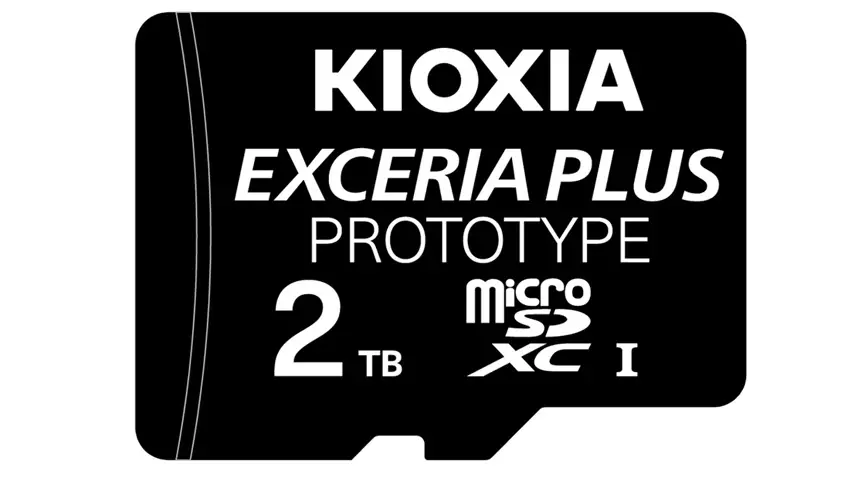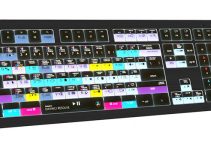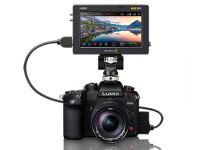Using what it calls “innovative BICS FLASH 3D memory,” media company Kioxia has given insiders a sneak peek at their new prototype 2TB UHS-I microSD card.
The XCI card offers maximum storage density according to specs by the SD Association and is the first card designed to approach the published limits set by the association.
The card is built using sixteen .8mm 1 terabit dies of 3D flash memory. It was designed for high-capacity recording from Android-based smartphones, action cameras, and portable game consoles and incorporates the decade-old SDXC specification that, up until now, hasn’t reached the 2TB limit of the design.

Image Credit – Kioxia
But even though Kioxia is hyping up the fact that they are the first company to approach the top limit of the specification, there is a catch.
According to the company, the top memory density is still largely theoretical, as not all of the capacity is available for the end user.
“Product density is based on the density of memory chip(s) within the product; not the amount of memory capacity available to by the end user,” states the press release.
“Consumer-usable capacity will be less due to factors such as overhead data areas, formatting, bad blocks, and other constraints, and may also vary based on the host device and application.”
However, in Kioxia’s defense, that proviso is true for any memory card or hard drive. Manufacturers use a different calculation method based on a standard base 10 scheme where 1 KB is 1000 bytes, 1 MB is 1000 KB and 1 GB is 1000 MB.
Because of this, if a microSD card (or even hard drive) is advertised as 256 GB based on that calculus, the math would equal out to 2,000,000,000,000 / (1000*1000*1000) = 2.0 TB.
However, the actual amount of space is closer to 1024 bites since the computer uses a base 2 calculus. It’s all “geek speak,” but in reality, that same 1 kilobyte equals 1024 bites.
Therefore, doing the math, the 2TB Kioxia card actually has roughly a card listed as 256GB, is actually: 2,000,000,000,000 / (1024*1024*1024) = 1.8626 TB.
One is based on marketing, and the other is actual math. The only difference is, that Kioxia is honest about it.
The other question is, how fast will it be in read/write speeds. While Kioxia doesn’t share any benchmarks for the design, it mentions that the card is a UXS-I design, which isn’t really known for its speed, so much as its capacity. Therefore, users won’t want to use it for anything over 4K video.
In fact, this card is probably better suited for security cameras which require a lot of space for lower resolution video where speed really isn’t as important.
There’s no word on how much the “2TB” microSD card will cost, but it is scheduled to begin mass production to hit the market sometime in 2023.
[source: Kioxia]
Disclaimer: As an Amazon Associate partner and participant in B&H and Adorama Affiliate programmes, we earn a small comission from each purchase made through the affiliate links listed above at no additional cost to you.



